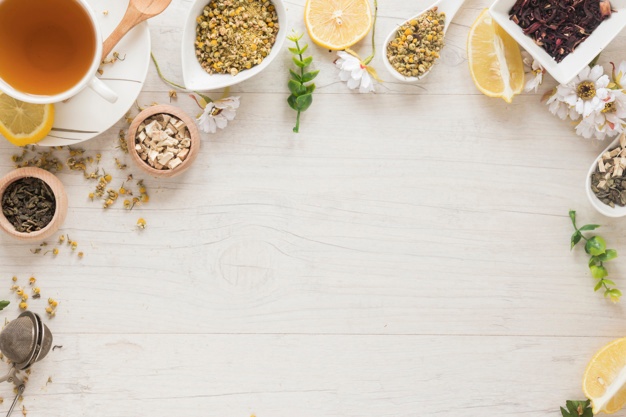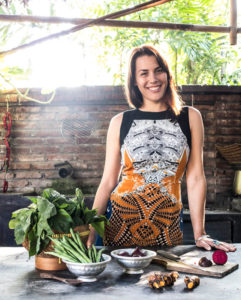Stocking the Ayurveda Kitchen
What’s in an Ayurvedic Practitioners Fridge?
A healthy diet is such an important component of an Ayurvedic lifestyle, so it’s important to set yourself up for success when it comes to meal planning. Having a kitchen stocked with the purest and most colourful ingredients and basic dry goods and spices is the key to healthy eating.
At Sukhavati, we have a list of ‘staple’ ingredients that we always have in our kitchen that reflects our whole food and sattvic eating philosophy. Having a kitchen stocked with the purest and most colourful ingredients and staples is the key to healthy eating.
Below is an exclusive list of staple produce that our Ayurveda Practitioner and Doctor keep in their kitchen.
We do promote eating to your dosha, but when in doubt, local and seasonal is best!
Fruit and Vegetables
We like to shop and eat seasonally. We also like to eat in accordance with our Dosha (Ayurvedic Mind Body type). This means this list will differ throughout the year and for individuals.
Here are some general staples:
- Spinach
- Pumpkin
- Sweet potato
- Carrots
- Broccoli
- Beetroot
- Okra
- Asparagus
- Celery
- Cauliflower
- Zucchini
- Berries
- Apples
- Avocado
- Limes/lemons
- Ginger
- Garlic
- Leak
- Fennel
- Shallots
Proteins
- Eggs: local, organic pasture-raised.
- Legumes: Mung beans (split and whole mung), Adzuki beans, black eyed peas, chickpeas, puy lentil, green lentils, split peas, cannellini beans.
- Organic, un-homogenised dairy. Ideally dairy is best fresh and raw from cow or goat.
- Milk, Paneer, Yoghurt (Paneer and Yoghurt are best homemade).
- Nut milk.
Fridge Essentials
- Butter for making ghee – unsalted and organic if possible.
Pantry Essentials
Stock organic dry goods, spices and teas:
- Dried fruits including apricots, dates, figs, prunes, coconut and raisins. All organic and sulphur-free.
- Whole grains including white and brown basmati rice, buckwheat, bulgur wheat, millet, quinoa, steel-cut oats, barley, amaranth.
- Wholegrain flours – grind your grains when possible to make fresh flour, using barley, buckwheat, coconut, oat, rice and spelt.
- Nuts: almonds, cashews, brazil nuts, walnuts, pine nuts, pistachios, hazelnuts.
- Seeds like flaxseed, pumpkin seeds, sesame seeds, sunflower seed.
- Cold-pressed oils (raw or unrefined): Ghee (best if you make it yourself), coconut oil, macadamia nut, extra virgin olive oil, sesame oil, rice bran oil.
- Tahini Paste.
- Pure maple syrup.
- Raw local honey.
- Jaggery (unrefined cane sugar).
- Apple cider vinegar.
- Tamari (instead of soy sauce).
- Coconut milk (fresh is better than canned if you can source).
Spices: An Essential part of an Ayurvedic kitchen!
Fresh Herbs (ideally grown in your garden)
- Basil, coriander, curry leaf, dill, mint, oregano, parsley, rosemary, bay leaf and thyme.
Dried Spices
There are SO many spices, but this list is of the key staples to make a variety of Ayurvedic dishes
- Mustard seed, cumin seed, fenugreek seed, hing (Asafoetida), coriander seeds, turmeric, ginger, cinnamon bark/powder, cardamom pods, clove, fennel seeds, Garam masala (powder mix)
Condiments
- Natural pink/sea salt, whole black pepper seeds.
Teas/Medicinal Herbs
- Liquorice root, ginger tea, rooibos, chamomile, peppermint, chai, CCF (classic Ayurvedic blend).
Happy cooking!
Author: Tegan Wallis
Tegan is a Naturopath, Ayurveda Health Consultant and Yoga Teacher.




